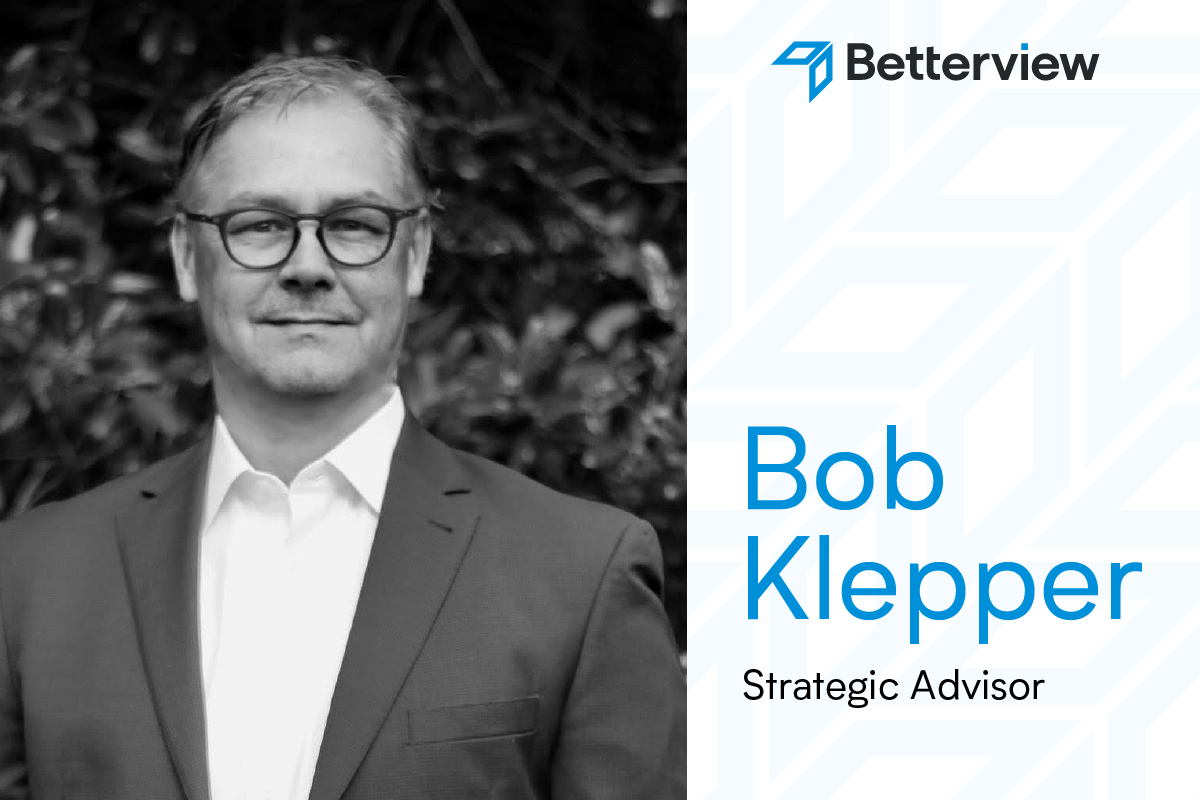How Property Intelligence Can Protect Insurers from Economic Downturn
A few weeks ago, I wrote a piece exploring how the P&C insurance industry might fare during a potential inflationary recession. While conceding the...

Property underwriters today face a complex and dynamic environment of risk evaluation. Making appropriate risk decisions can be impacted by multiple variables, including the effects of complex business interdependencies, prioritization of risk characteristics, determining accurate asset valuations, and addressing the impact of natural disasters caused by climate change. This means that successful underwriting teams must spend a great deal of their time identifying, collecting, validating and curating risk attributes and sources. Ultimately this data curation and validation process, which often relies on the backbone of inefficient legacy underwriting systems, takes away time that could be spent evaluating risk and recommending policy actions
The core process of collecting, validating and curating the most basic underwriting information, including Construction, Occupancy, Protection and Exposure (COPE) can be a consistent challenge. Within a schedule of locations for a given insured, there may be complete and up to date information for the largest valued locations. However, for the smaller valued locations it can be expensive and time consuming to gather and curate this information annually, leaving underwriters with incomplete and sometimes inaccurate location assessment information. These gaps represent a threat to underwriting performance and execution of effective loss prevention strategies.
Although every insurer is different, my three decades of experience have shown me that certain challenges arise consistently across the industry. How can P&C insurers optimize the underwriting process while maintaining operational efficiencies? Now working with the team at Betterview, I find myself revisiting the topic, optimistic that practical solutions may now be derived by leveraging the current breadth and high resolution of aerial vision, coupled with current and developing AI technologies.
An obvious challenge underwriters face is that they do not have enough data to confidently make certain underwriting decisions. Although recent years have seen an explosion of relevant property intelligence from insurtechs and other third-party sources, this data can be inaccessible, or may not translate into actionable insights required to make risk decisions. Often when relevant data is available it is challenging to systemically integrate into a given underwriting process, where it can remain be siloed in separate, mutually incompatible systems.
On the other hand, underwriters often face the problem of having too much data. While logic may suggest that more data should always be better, underwriters can be overwhelmed by large datasets that are not easy to consume. Teams may spend their time reviewing, structuring and processing these data sets without the ability to efficiently integrate the resulting insights into their existing workflows. Data that should improve effectiveness can become another process bottleneck for underwriters.
Unfortunately, even when underwriters have a manageable amount of property data, it may be stale, inaccurate, opaque or not relevant to the intended risk assessment. Although some vendors offer relative risk scoring methodologies, the more sophisticated underwriting teams will require granular data elements outside of “black box” tools. Core data elements are vital to feed existing risk assessment tools for pricing, line setting and cat modeling/aggregation. Without structured, relevant, validated and complete data sets showing individual attributes, it is challenging for underwriters to align the relevancy of datasets to overall risk assessment needs.
Ultimately, underwriters need an efficient and comprehensive solution for location level risk intelligence and loss prevention. Establishing a reliable platform that can provide a “clearinghouse” function to augment known location level risk attributes would have tremendous value for insurers participating in medium to large commercial segment. Efficiently leveraging more “passive” technologies currently available, including high resolution aerial photography, Computer Vision and other AI tools can translate observable attributes and inferences into actionable insights. Additionally, these Imagery and Computer Vision detections can further enriched by leveraging existing public and private third-party data sources. This would include governmental and other regulatory sources, as well as data from companies that specialize in specific risk attributes, such as Canopy Weather, RedZone, e2Value, and more. Successful integration of these elements ultimately serves to enhance COPE attribute determinations, without the need for expensive on-site survey confirmation.
It is vital that any approach be scalable, intuitive and should ideally be integrated into existing underwriting workflows on core systems like Guidewire, Duck Creek, and others. Underwriters can more efficiently analyze, manage, and monitor property risk, freeing them up to focus on more complex risk locations that require more sophisticated underwriting expertise.
Given the reality that risk evolves in conjunction with the dynamic nature of global political and economic events, it is essential that the Property & Casualty insurance industry recognize requirements to meet these demands. To succeed, companies must consider new ways of working and invest in efficient and effective underwriting tools and approaches. New capabilities must be built on a foundation of reliable data and focus on transparent, actionable solutions. Integration of these capabilities into workflows will represent an indispensable part of the future of underwriting.
To learn more about the challenges facing underwriters in a climate of increasing risk, and to find out how the Betterview Property Intelligence and Risk Management Platform can help insurers to reduce expenses and improve efficiency, contact us today.

A few weeks ago, I wrote a piece exploring how the P&C insurance industry might fare during a potential inflationary recession. While conceding the...

P&C insurance companies are always looking for ways to improve their expense ratio, especially during unpredictable economic times. This means...

Here at Betterview we have a motto: automate everything, drill down when needed. This is not to say that human decisionmakers can be entirely removed...